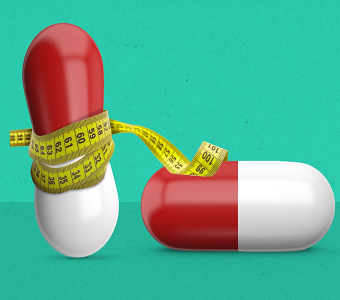On Monday after the close, Cempra (CEMP) updated investors on its pipeline progress. We saw no major surprises and consider the update net-neutral, if not –positive. Read our previous research to understand why we believe CEMP is an attractive equity through 2014.
Cempra initiated SOLITAIRE-IV, the second of two phase 3 trials of its lead drug candidate, the 4th-generation macrolide/fluoroketolide solithromycin, testing an intravenous (IV)-to-oral formulation in patients with community-acquired bacterial pneumonia (CABP). Recall that SOLITAIRE-ORAL, the first phase 3 study of solithromycin in CABP, was initiated in December of 2012. The company still expects topline results from SOLITAIRE-ORAL in mid-2014.
SOLITAIRE-IV is a double-blind, placebo-controlled study in which approximately 800 patients with PORT-II to PORT-IV (a measure of severity) CABP will be randomized to initially receive intravenous administration of 400 mg of solithromycin or 400 mg of moxifloxacin as control. Patients can switch to oral dosing of the drug they started on (800mg loading dose followed by 400mg QID for 5 days for solithromycin, or QID oral administration of 400 mg of moxifloxacin for 7 days) based on a decision by the treating physician. The study’s primary endpoint is non-inferiority of early response at 72 hours in the intent to treat population.
In addition, the company revealed that the phase 2 trial of Taksta (fusidic acid), the company’s treatment for prosthetic joint infection (PJI), continues to enroll quite slowly, an ongoing issue for Cempra that the company hoped to address in the fall of this year. The company has been guiding for interim results from this study by year-end. The primary outcome measure in the phase 2 is a demonstration of infection-free status at 12 weeks following initiation of therapy. 21 subjects (of 31 screened) were enrolled on Taksta plus rifampin. Of these, 13 patients were dropped from the study for various reasons including not growing a positive culture. Eight patients were ultimately randomized into the trial. Three of the subjects that received Taksta plus rifampin completed the 12-week regimen. One of the patients was declared a success at re-implantation with a negative culture. The other two are awaiting surgery. One patient did not tolerate the Taksta-rifampin combination. It’s difficult to draw much of a conclusion from these results, but Cempra is moving forward with preparation for a phase 3 trial:
“Despite the small number of patients that completed the trial so far due to the original exclusive entry criteria, the results to date are consistent with a positive effect of Taksta in this indication. Along with the very strong results from studies world wide of fusidic acid in PJI, the active antibiotic of Taksta, we are optimistic that this study will lay the groundwork for a defined Phase 3 study.”
Cempra is right: fusidic acid has been used extensively in PJI in Europe. Based on this, and what little we’ve seen from the phase 2, the company will discuss a registration program (phase 3) with the FDA early next year. Cempra spent quite a bit of time discussing the exclusivity opportunity for Taksta, which we’ve covered previously.
Date were sparse, but we remain optimistic about the Taksta development program, and the company moving towards a pivotal study is, for the time being, positive for investors. Nevertheless, the continually slow enrollment suggest that the market opportunity may not be as large as hoped. We’re more interested in the solithromycin program for the time being, which remains on schedule for a phase 3 read-out in mid-2014. Read our previous research to understand why we believe CEMP is an attractive holding.
In connection with CEMP, PropThink has taken a long position.




